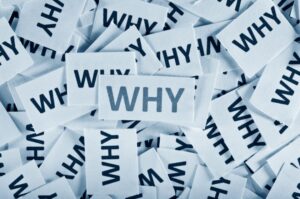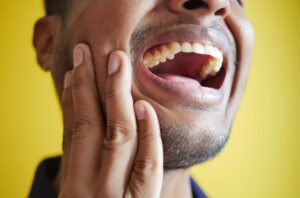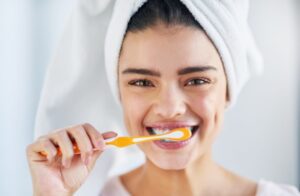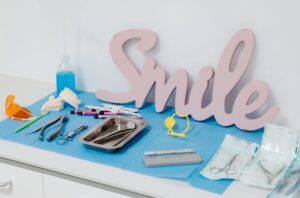Are you Overbrushing Your Teeth?
When it comes to brushing teeth, most people believe they have the basics down because they have been brushing since they were children. They know brushing and flossing will help fight plaque and protect them against cavities.
They also know that it will help keep their teeth looking and feeling great. However, most patients don’t know that you can brush too hard, and many patients often do.
The Wall Street Journal recently reported that between 10 and 20 percent of the U.S. population are overbrushing and damaging their gums and teeth. Because the health of your smile is intricately connected to the health of your gums, it is important to keep both healthy.
Your teeth may be one of the hardest substances in the human body, but your gums are not. Once gums become damaged and begin moving away from the teeth (receding), they will not grow back. The sensitive parts of the tooth will be exposed (the root) and other dental problems could follow.
The Trouble with Overbrushing
When it comes to brushing your teeth, there are cases when it becomes too much of a good thing. Yes, you want to keep your teeth and gums healthy and clean. However, you do not want to be overbrushing which can wear down the enamel, cause sensitivity, and push back the gumline.
These may seem like minor problems, but they can lead to more serious problems like gum disease and dental decay forming on the roots of teeth. In turn, treatments for these problems will be more invasive and expensive. You don’t want to have fillings, root canals, or dental extractions. So, what can you do?
Why Most Patients Brush Too Hard
Most commonly, patients mistakenly assume the harder you brush, the cleaner your teeth will be. That is not the case. In fact, plaque is simply the combination of saliva, bacteria, and food particles that is collected on the teeth, tongue, and gums. It is so soft that patients could use a rag to wipe plaque away, but that would not effectively reach in all the cracks and crevices of the teeth. Hence the reason for a toothbrush.
Tartar on the other hand forms when plaque is not removed from the surface of teeth. This build up, also called calculus takes as little as a week to harden. Plaque and tartar are often confused, which may be one of the reasons why patients tend to brush too hard.
Truth is, once tartar has formed only the dentist can remove it with the use of a scaler. The regular toothbrush will not be able to remove tartar, no matter how hard you brush. So, rather than brushing harder to remove plaque, patients need to brush smarter.
Best Steps to Avoid Overbrushing Teeth
Step 1 – Get the Right Toothbrush
For most patients, the dentist will recommend a soft brush with rounded bristles. This gentle brush will effectively remove plaque without damaging your teeth and gums. However, there are circumstances where harder bristles of different shapes will prove more beneficial. To be sure about which brush to use, consult with your dentist.
Step 2 – Gentle Circles
Many people will hold their toothbrush in a fist, and brush back and forth across their teeth. What patients should be doing is holding their toothbrush between the thumb and forefinger with the bristles at a 45 degree angle towards the gum line, and then moving the brush in gentle circles.
Step 3 – Follow a Pattern
It is best to follow some kind of routine while brushing teeth. For example, start brushing your top front teeth and work your way back and to the left, properly cleaning each surface of each tooth as well as the gums. Then do the same going to the right and back. Follow the same process for the bottom teeth as well and then finish off by scrubbing your tongue. Following the same pattern every time helps you make sure no surface goes uncleaned.
Step 4 – Allow Enough Time
Also, many patients try to do the job quickly and end up overbrushing in their efforts to be fast. On average, most Americans will only take less than one minute to brush. Instead, both adults and children should be taking two or three minutes. One way to make sure you are brushing long enough is to listen to an entire song before you finish. You also need to plan your time to do the job, and do it right.
Step 5 – Don’t Skip the Floss
Flossing should also be part of a daily oral hygiene routine. Many people forget this last step. If they do do it, they floss improperly and end up damaging their gums even more. Instead, think of flossing as an extension of brushing. It needs to be performed gently and intentionally if you hope to keep your gums and teeth healthy and intact.
During your basic checkup we can help cover these brushing tips to make sure you\’re not overbrushing! Schedule an appointment today as ask your Dentist about this topic.






